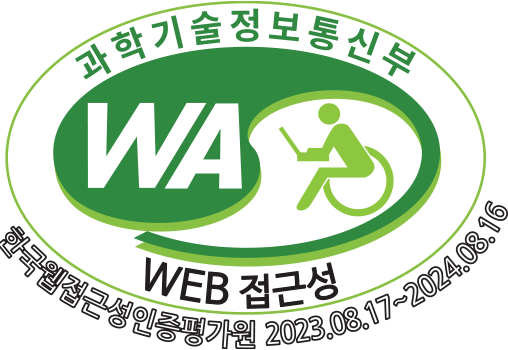Hanyang Prospers in the Late Joseon
It was during the late seventeenth century that Hanyang started to transform into a commercial city. During this time, a commodity money economy developed in Hanyang with the enactment of Daedongbeop (Uniform Land Tax Law) and the circulation of metal currency, and a trading system mediated mostly by currency was established. People with no particular skills or resources flooded into Hanyang as they were able to sell their labor. By the late eighteenth century, there was a sharp rise in commercial development, and major ports in Gyeonggang, such as Mapo, Seogang, and Yongsan, became commercial centers. Along with commercial development, growth in privately-managed handicrafts provided people with luxury goods of the finest quality such as gold, silver, and jade craft. As a result, Hanyang’s population soared, and merchants, artisans, and wage laborers made up the majority of the city’s citizenry.















